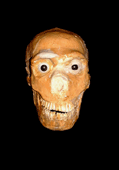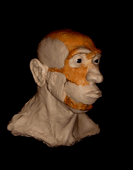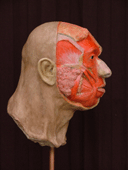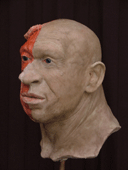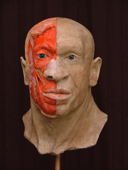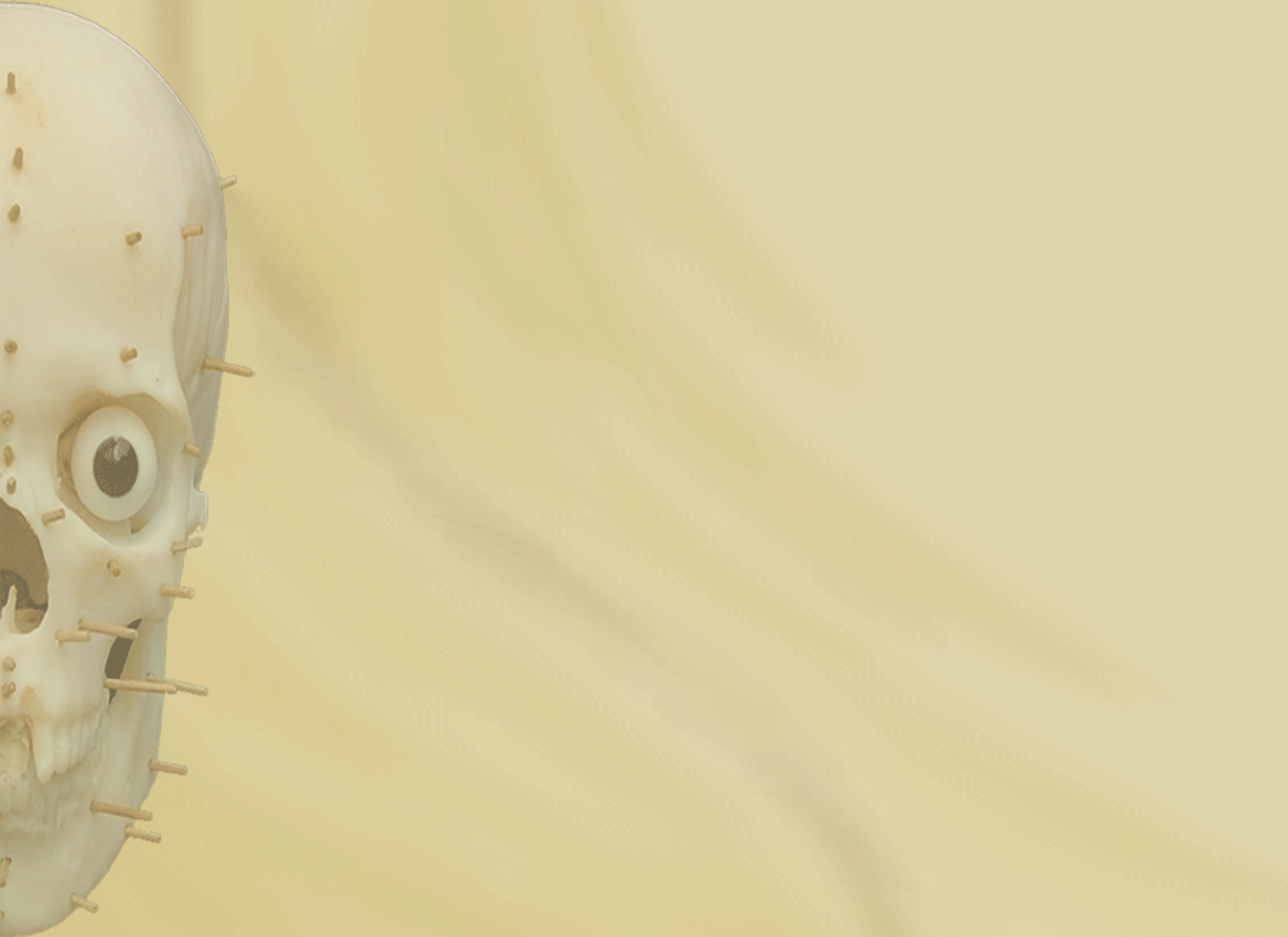The skull of the male displays many of the typical Neanderthal traits, such as a prominent supraorbital torus, a low-vaulted cranium with a receding forehead, a large nasal opening, and a well-developed occipital bun (a swelling of bone at the back of the skull on the occipital bone). All of the teeth were preserved and are well worn, suggesting that the individual was relatively advanced in age at the time of his death. The teeth also show unusual signs of wear. Instead of wearing flat, the biting surface of the incisors are bevelled towards the front - it has been suggested that this is the result of the teeth being used for something other than chewing, perhaps to hold things as a "tool".
The completeness of the La Ferrassie skeletons also enabled a long-held belief about the Neanderthals as brutish, stooped creatures to be dismissed. The morphology of the leg bones and foot demonstrate that the posture and gait of Neanderthals differed very little from modern humans.
The reconstruction was completed for the Gallo-Roman Museum in Tongeren, Belgium for a display which focused on Neanderthals in Europe.
